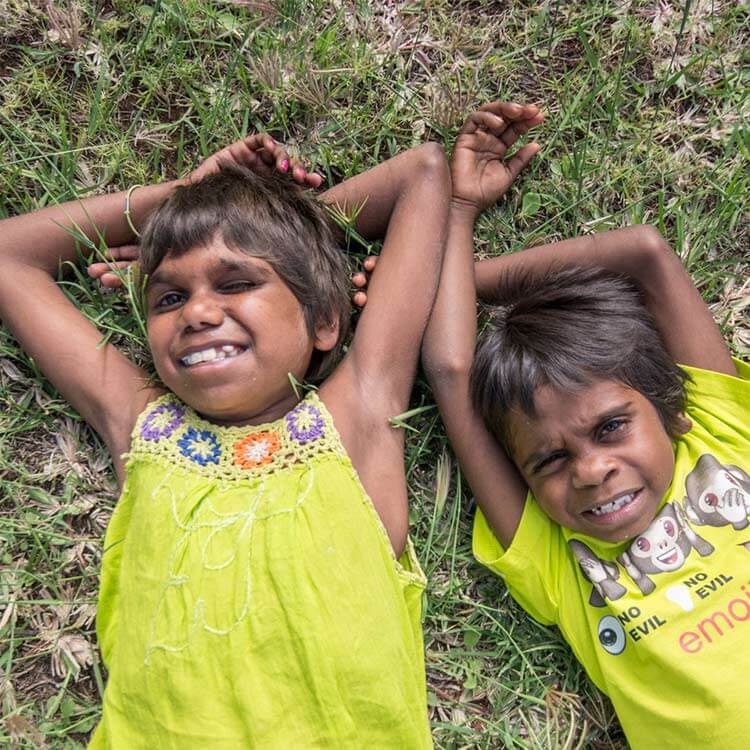Search

News & Events
New project to make FASD history in the PilbaraA new project aimed at reducing Fetal Alcohol Spectrum Disorder (FASD) in the Pilbara has been launched today in South Hedland.

News & Events
The Kids researchers honoured at Public Health Association AwardsTwo The Kids researchers working to improve the health & wellbeing of Aboriginal children & their families have both been honoured at the PHAA Awards.
News & Events
More than 50% of women drink alcohol while pregnantA new study has found that more than half of West Australian women surveyed drank alcohol during pregnancy.
Research
Collaborating with consumer and community representatives in health and medical research in Australia:The objective of this tudy was to collaborate with consumer and community representatives in the Alcohol and Pregnancy Project from 2006-2008
Research
Early moderate prenatal alcohol exposure and maternal diet impact offspring DNA methylation across speciesAlcohol consumption in pregnancy can affect genome regulation in the developing offspring but results have been contradictory. We employed a physiologically relevant murine model of short-term moderate prenatal alcohol exposure resembling common patterns of alcohol consumption in pregnancy in humans.
Research
Neuropsychological profiles of adolescents sentenced to detention in Western Australia with and without prenatal alcohol exposureYouth with prenatal alcohol exposure (PAE) are under-recognised in the justice system, warranting improved identification. This study aimed to compare neuropsychological profiles of adolescents, with and without PAE and identify neuropsychological tasks predictive of PAE-group membership. It was hypothesised that participants with PAE would score significantly lower on neuropsychological tests.
Research
Fetal alcohol spectrum disorder resources for health professionals: a scoping review protocolPeople with fetal alcohol spectrum disorder (FASD) encounter a range of health and allied health providers and require specialised support to ensure health services are provided safely and effectively. Not all health professionals possess the knowledge or expertise required for the identification, assessment, referral and management of FASD.
Research
Exploring offending characteristics of young people with foetal alcohol spectrum disorder in Western AustraliaNeurodevelopmental impairments resulting from Foetal Alcohol Spectrum Disorder (FASD) can increase the likelihood of justice system involvement. This study compared offence characteristics in young people with FASD to demographically matched controls (n = 500) in Western Australia.
Research
The orofacial, oromotor, speech, and voice characteristics of adolescents in youth detention: a comparison of groups with and without prenatal alcohol exposureLanguage disorder is highly prevalent in youth justice; however, orofacial, oromotor, speech, and voice anomalies have been largely overlooked. There has been some documentation of these among individuals with prenatal alcohol exposure (PAE), and adolescents with PAE are over-represented in youth justice.
Research
The Development and Implementation of a Culturally Safe Survey for Measuring Knowledge, Attitudes and Values around FASD and Alcohol Use During Pregnancy in a Remote Australian Aboriginal Community SettingGlenn Martyn Pearson Symons BA (Education) PhD Candidate B.A. (Hons) PhD. Director of First Nations Strategy and Leadership; Head, First Nations
